A Brief History of Upholstery (Egypt, Rome, Modern)
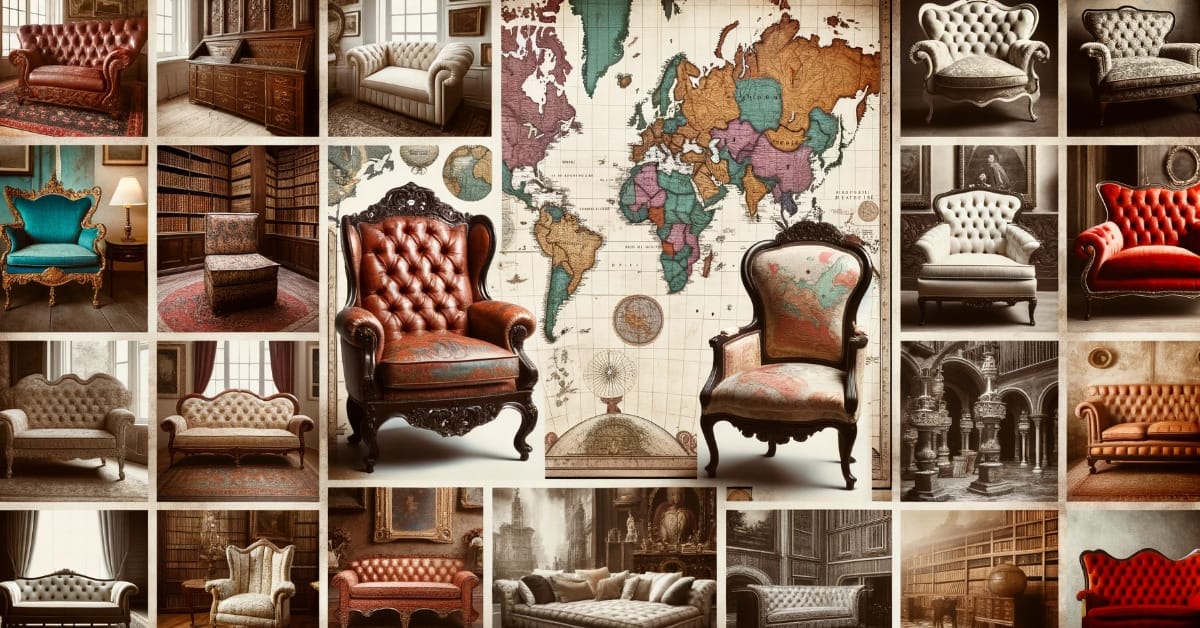
Have you ever wondered about the history of that comfy sofa you’re lounging on? Well, you’re in for a treat! We’re diving into the fascinating world of upholstery – that’s right, the art of providing furniture, especially seats, with padding, springs, webbing, and fabric or leather covers.
Quick Summary: Dive into the rich tapestry of upholstery’s evolution with this concise timetable. From the grandeur of ancient civilizations to the innovative designs of the modern era, here’s a quick glance at the journey of upholstery throughout history:
| Time Period | Average Year | Key Highlights |
|---|---|---|
| 🏺 Ancient Origins | 2500 BC | Introduction to upholstery’s historical roots. |
| 🐫Egypt | 2995 BC | Use of linen, animal hair, and gilded designs. |
| 🏛️ Ancient Rome | 200 AD | Introduction of feathers, hay, and leather in upholstery. |
| 🏰 Middle Ages | 1250 AD | Use of straw, feathers, and horsehair; emphasis on leather and tapestry. |
| 🎨 Renaissance | 1500 AD | Ornate details; rise of the grand upholstered bed. |
| 🏭 Modern Era (Industrial Revolution) | 1850 AD | Mass production; introduction of spring upholstery. |
| 🖌️ Late 19th Century (Arts and Crafts Movement) | 1885 AD | Return to handcrafted furniture; emphasis on natural materials. |
| 🌆 20th Century | 1950 AD | The emergence of synthetic materials and innovative designs. |
Stay with me, and let’s delve deeper into this article as we journey through the rich history and explore the exciting future of upholstery.
What is Upholstery?
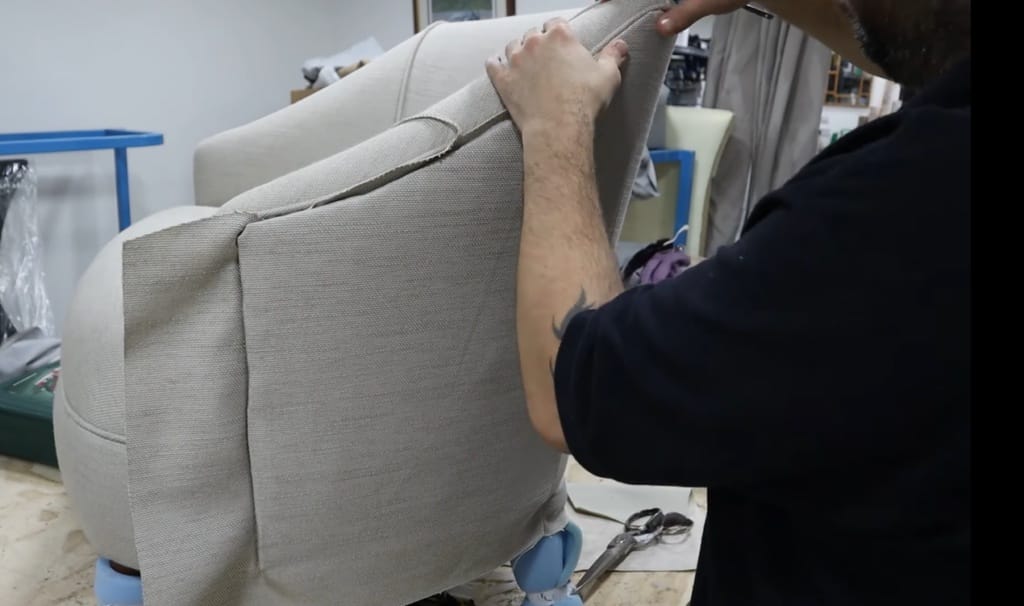
When I mention upholstery, some folks might scratch their heads and say, “What in the world are you talking about?” So let’s break it down.
- At its core, upholstery is the art of providing furniture with a padded and fabric cover. It’s like giving your favorite chair a comfy, stylish outfit. But it’s not just about the aesthetics. Oh no, it’s also about comfort and durability.
- The very first upholsterers were saddlers. They used to pad and cover horse saddles. That makes sense. You’d want a comfy ride if you’re going horseback riding. It wasn’t long before they brought their expertise into homes and started padding and covering furniture.
But don’t take it from me. Next time you’re out furniture shopping, look closer at the upholstery. Feel the fabric and test the padding. You’ll see what I mean. It’s not just fabric and foam. It’s an art form. A piece of our history.
Ancient Origins of Upholstery
Hang tight; we’re taking a trip down memory lane to the roots of upholstery. The art of upholstery isn’t a new trend; it’s been in the picture for thousands of years! It all started with our ancestors, who knew the importance of comfort and style in everyday life.
Ancient Egyptian Upholstery
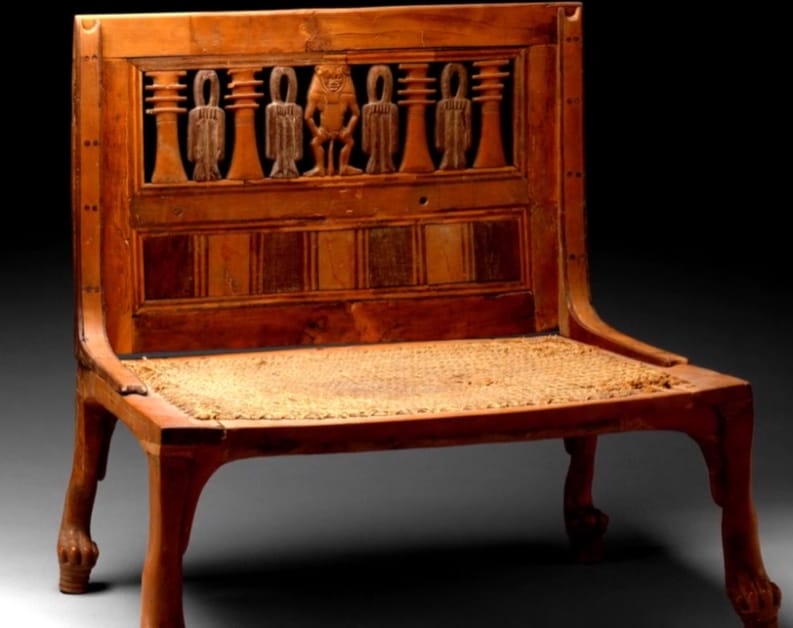
- Let’s start with the Egyptians. They were the pioneers in many things, and upholstery was no exception. Archaeologists have found furniture dating back to 3100-2890 BC with intricate carvings and padding.
- The ancient Egyptians used materials like linen and animal hair to provide the padding for their furniture. They had a keen eye for style, and their furniture was often decorated with embroidered patterns and gilded with gold. Talk about living in style!
Ancient Roman Upholstery
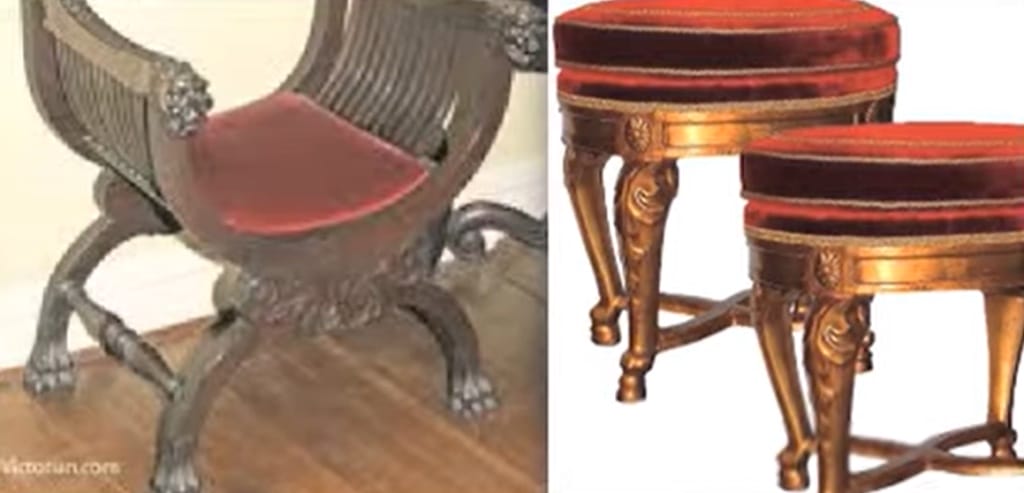
- Next up, we’re off to Rome. The Romans took things up a notch with their love for luxury and comfort. They introduced the use of feathers and hay in their upholstery. Can you imagine lounging on a couch stuffed with feathers? It sounds pretty cozy to me!
- The Romans also used leather in their upholstery, showing their ability to innovate and adapt to different materials. Their furniture was often decorated with expensive fabrics and intricate designs. The Romans knew a thing or two about living the good life.
Let’s move on to the Middle Ages, where upholstery took on a new level of sophistication. But that’s a story for another time.
Development of Upholstery in the Middle Ages
Well, let’s dive into the Middle Ages, folks! Upholstery started to shine during this era. And, oh boy, it was a wild ride!
Medieval Upholstery Techniques
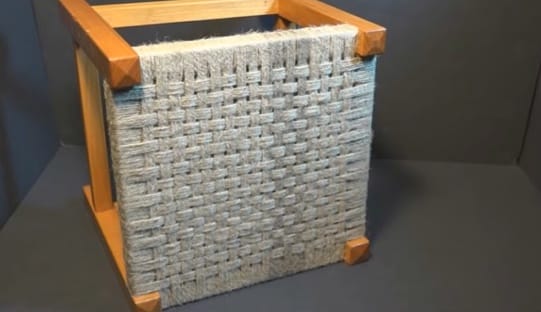
- Back then, stuffing materials like straw, feathers, and horsehair were all the rage. Who wouldn’t want a comfy chair stuffed with feathers, right? But it wasn’t all about comfort. Upholstery served a practical purpose, too. It kept the cold at bay. Remember, there was no central heating back then!
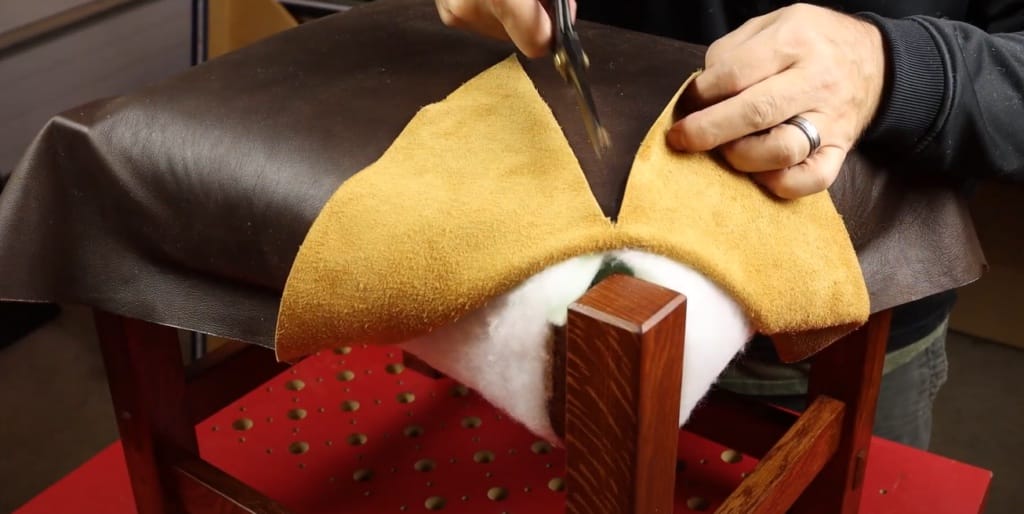
- Leather was a popular choice as well. It’s durable, it’s stylish, and it repels water. Can’t go wrong with that! And let’s not forget the elaborate embroidery and tapestry work. These guys took their upholstery very seriously.
Influence of the Renaissance on Upholstery

- The Renaissance. This was a game-changer! It wasn’t just about art and philosophy. It was about comfort, too. And that’s when the real magic happened.
- Upholstery design took a giant leap forward during the Renaissance. It was all about the ornate details. The more, the merrier! Think gilded woodwork, plush velvet, and rich damask. These materials screamed luxury!
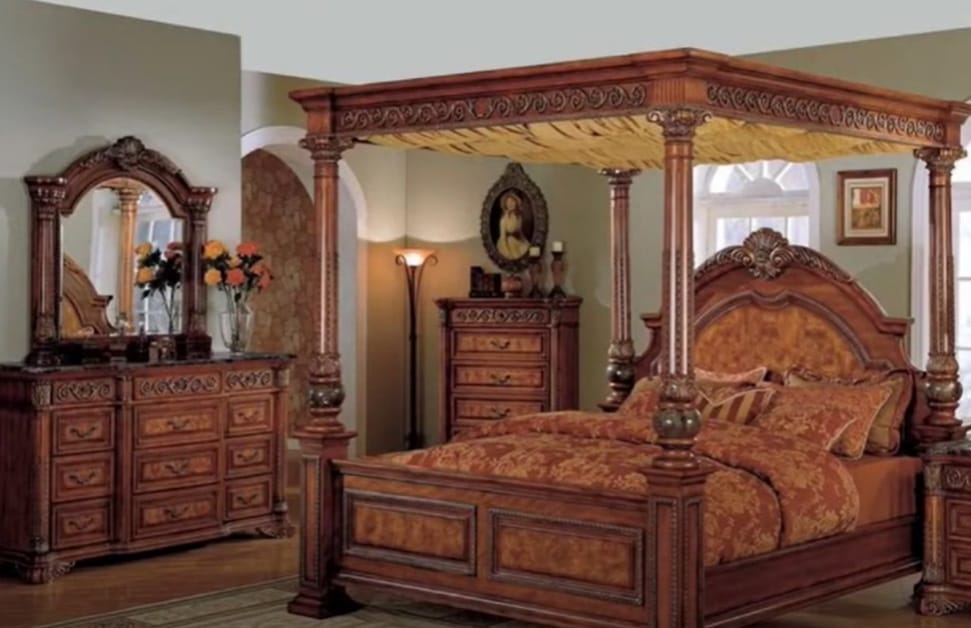
- But, the star of the show was the upholstered bed. It was more than just a place to sleep. It was a status symbol. The grander the bed, the higher the status. It’s like having a super fancy car today!
Upholstery in the Modern Era
As we’ve journeyed through time, we’ve seen the evolution of upholstery from straw and feathers to plush velvet and gilded woodwork. Now it’s time to get a closer look at the upholstery in the modern era.
Industrial Revolution and Upholstery
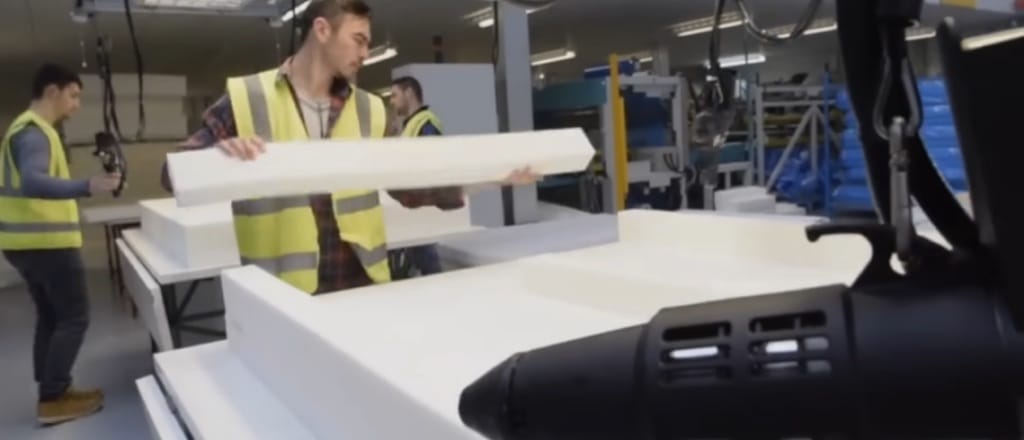
- The Industrial Revolution, folks, was a game-changer for upholstery. With the advent of mass production and machinery, upholstery leaped from the hands of skilled craftsmen into an era of factories and assembly lines.
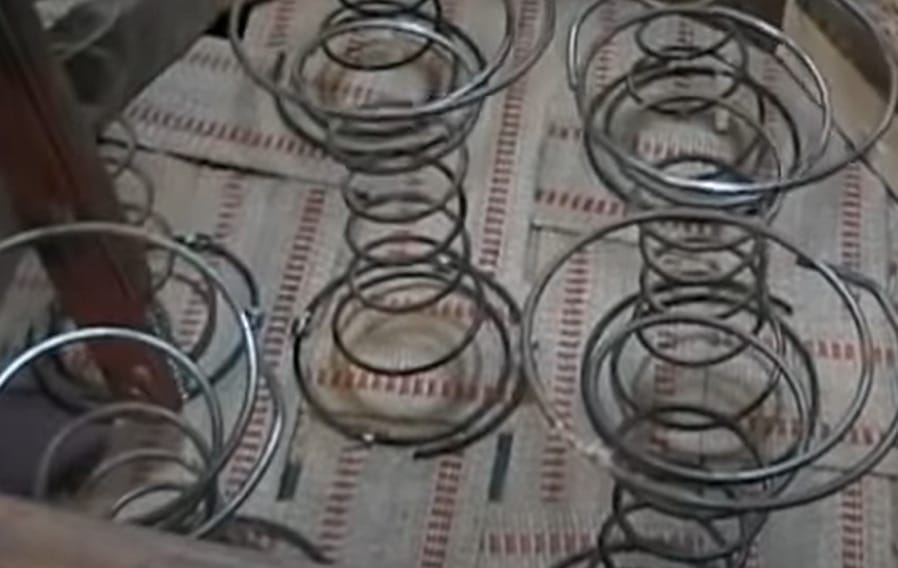
- An important development was the introduction of spring upholstery, which provided a whole new level of comfort. We’ve got to thank the Industrial Revolution for making comfortable, upholstered furniture accessible to the masses!
The Arts and Crafts Movement’s Impact on Upholstery
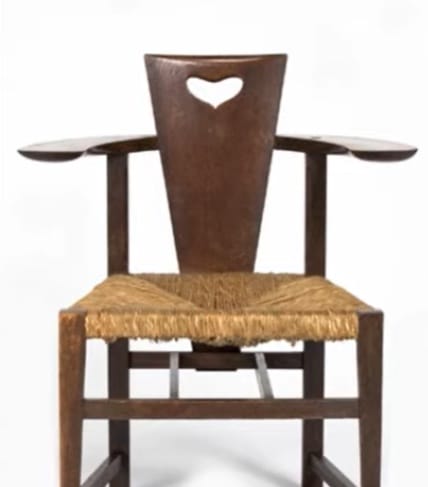
- Next up, let’s talk about the Arts and Crafts Movement. This movement, which emerged in the late 19th century, reacted to the mass-produced furniture of the Industrial Revolution. The emphasis returned to handcrafted furniture with simple, functional design and high-quality materials.
- Upholstery during this era was often made with natural materials like leather, linen, and cotton, focusing on craftsmanship rather than ornate designs. This movement was a reminder of how much value there is in unique, handcrafted pieces.
Upholstery in the 20th Century

- Finally, we reach the 20th century, where upholstery emerged. The early 20th century saw the popularization of Art Nouveau and Art Deco styles, known for their bold, geometric designs and lavish materials.
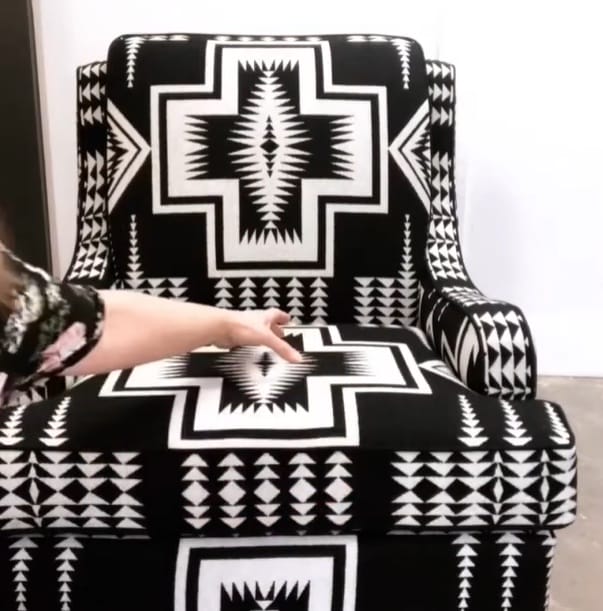
- Bold colors, unique patterns, and synthetic materials characterized the upholstery of this era. As we moved closer to the modern day, upholstery started to reflect societal changes, with designs becoming more minimalist and materials more eco-friendly.
- From the funky designs of the 60s to the sleek, minimalist styles of today, upholstery continues to evolve, reflecting both our personal tastes and our changing world.
The Future of Upholstery: A Glimpse Ahead
Let’s fast forward and take a sneak peek into the crystal ball of upholstery’s future. Exciting stuff, right?
- Sustainability is King: As we become more eco-conscious, we expect a huge shift towards sustainable materials. Think organic cotton, recycled fabrics, and plant-based foams. Not only is this great for our planet, but these materials are often more durable and easier to clean.
- Tech Meets Texture: With technological advancements, we’re looking at smart fabrics that can change color or pattern with the touch of a button. Yep, imagine your sofa adapting to your mood or the season!
- Customization Like Never Before: In an era of individual expression, bespoke designs will be all the rage. Using 3D printing and other tech, you can design and visualize your unique upholstery pattern before it touches your furniture.
- Health and Hygiene: With recent global health concerns, the demand for antimicrobial and easy-to-clean fabrics is skyrocketing. We’re talking about materials that resist stains and fight off germs. A win-win!
- Back to Basics: Amidst all this tech, there’s a growing appreciation for handcrafted, artisanal work. The charm of a hand-stitched pattern or a fabric woven on a traditional loom is timeless. So, expect a beautiful blend of the old and the new.
- Space-Saving Magic: As living spaces shrink, furniture needs to be multifunctional. Future upholstery might come with built-in storage or even tech integrations like charging docks.
- Eco-Friendly Processes: It’s not just about the materials. The entire process, from sourcing to production, will adopt green practices: less waste, more reuse, and a smaller carbon footprint.
To wrap it up, the future of upholstery is shaping up to be a perfect blend of innovation, sustainability, and style. It’s about enhancing functionality while staying rooted in the craft’s rich history. So, whether you’re a tech junkie or a traditionalist, there’s something in store for everyone. Stay tuned, and keep those creative juices flowing!
References
Books:
- “The Complete Guide to Upholstery: Stuffed with Step-by-Step Techniques for Professional Results” by Cherry Dobson. https://www.abebooks.com/9780312383275/Complete-Guide-Upholstery-Stuffed-Step-by-Step-0312383274/plp
- “Upholstery: A Complete Course” by David James. https://www.barnesandnoble.com/w/upholstery-david-james/1112507212
Website Resources:
- Upholstery Resource. https://www.upholsteryresource.com/
- Kim’s Upholstery. https://kimsupholstery.com/online-classes/
Video References:
FaceLiftInteriors
Mohammed Al Suwaidi
Michelle Crowley
Repairs101
Art History 101
Quantum Tech HD
AP Art History
Envavo Tuts+
Blue Roof Cabin
Now Amazing OMG
Kim’s Upholstery
The Thoughtful Woodworker
